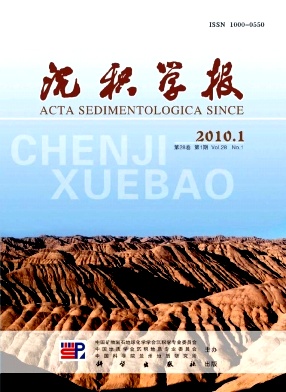Classification of Texture in Burial Dolomite
- Received Date: 1900-01-01
- Rev Recd Date: 1900-01-01
- Publish Date: 2010-02-10
-
Key words:
- dolomite
Abstract: In recent years, a great progress in hydrocarbon exploration has been achieved in dolomite reservoirs in which several large scale hydrocarbon pools were discovered in China. In view of which most of these dolomite reservoirs were formed during burial period, together with the high abundance of burial dolostones in stratigraphic columns, this paper aims to focus on classification of genetic texture in burial dolomite without consideration for relatively simple textures of primary or penecontemporaneous micritic dolomite. In international academic community, the classification of genetic texture of burial dolomite were well documented, but were less paid attentions in Chinese academic circle. In order to improve further study in this field, it is necessary to distinguish the different textures of dolomite formed in buried period, so that to understand the different characters of dolomization liquid. We here introduce a modified classification scheme for genetic texture of burial dolomite with references of classification about this field in international academe and combining the actual situation of dolomite researching in China. First of all, on the basis of dolomite occurrence, the dolomite texture is divided into two types: matrix dolomite and cement dolomite, Then according as crystal size, crystal shape, crystal surface and contact relation, burial dolomite is classified into six types, in which four are matrix: 1)finely crystalline, planare(s), floating dolomite; 2)finely crystalline, planare(s) dolomite; 3)finelycoarsely crystalline, nonplanara dolomite matrix; 4)coarsely crystalline, nonplanar saddle dolomite matrix, and the remanent two are cement: 1)finelymedium crystalline, planare(s) dolomite cement; 2)coarsely crystalline, nonplanar saddle dolomite cement. These texture classification provides a basis on which the dolomites formed in different diagenetic stages can be sorted out properly in the context of physicalchemical conditions of dolomitisiting fluids from which they formed,which provides effective approach of dolomite studying.
| Citation: | WANG Dan. Classification of Texture in Burial Dolomite[J]. Acta Sedimentologica Sinica, 2010, 28(1): 17-25. |






 DownLoad:
DownLoad: